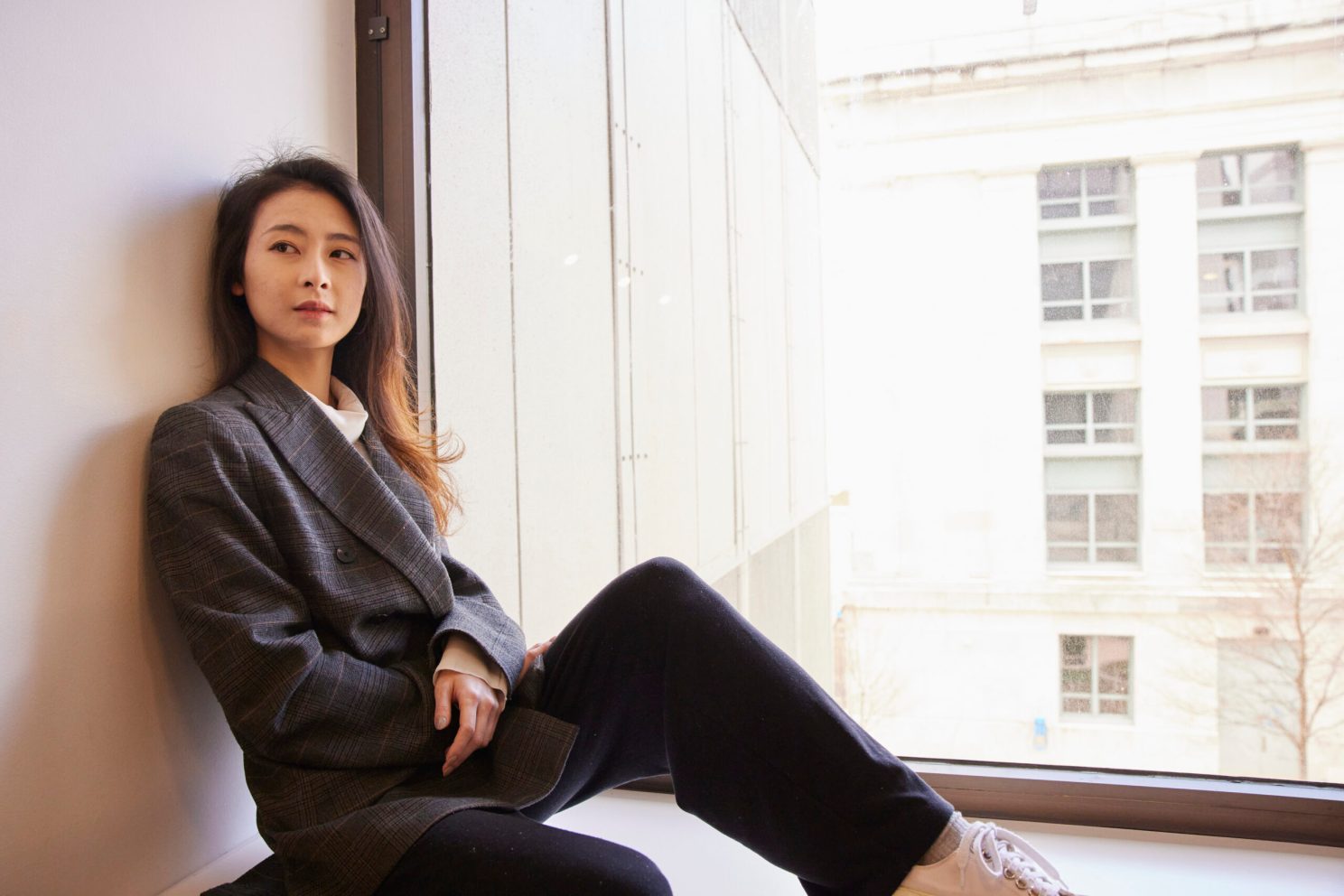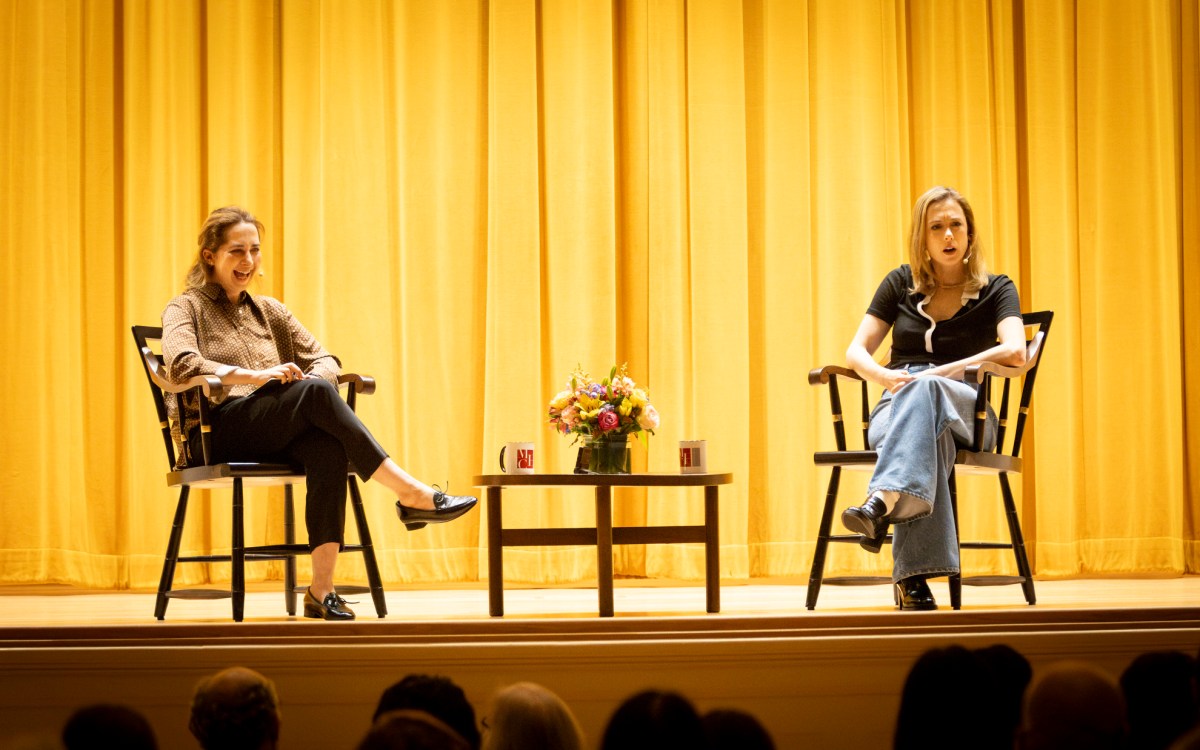How building design can improve people’s well-being

Flora Jiaxuan Xu, SM ’23. Photo by Kent Dayton
On Oct. 22, 2013, Flora Jiaxuan Xu woke up in her hometown of Harbin, in northern China, to a white world. “At first I thought it was snow coming really early in October,” she said. “But later I realized it was heavy smog.”
The smog lasted for days. School was canceled for at least three days. People mostly stayed in their houses. Fine particulate air pollution (PM2.5) levels soared to 1,000 micrograms per cubic meter of air (μg/m3), far above the World Health Organization’s guideline, which states that 24-hour average exposures should not exceed 15 μg/m3. “You could literally smell the pungent odor of the smog. You could see the black dots scattered on your window,” Xu recalled.
That devastating event, seared into Xu’s memory, fueled her interest in environmental health and sustainability. Also interested in art — she’d been learning Chinese calligraphy and painting for many years — she settled on an undergraduate program at the University of California, Berkeley, in sustainable environmental design. After a couple of years she decided to do a double major in cognitive science. The combo gave her technical skills in how to build a sustainable building as well as an understanding of how people perceive the environment, and buildings in particular.
Although Xu wasn’t originally focused on public health, she thought about it a lot more after the pandemic hit, which led her in 2021 to the Harvard T.H. Chan School of Public Health where, as a master of science student, she has focused primarily on how the indoor built environment affects human well-being. She has felt “super blessed” to have John Spengler, Akira Yamaguchi Professor of Environmental Health and Human Habitation, as her adviser. “The first time we met, I remember clearly that he told me, ‘OK, Flora, we have enough problems. What we need now are solutions.’ His words gave me a really grand goal for the two years I have spent here at Harvard.”
Over those two years, Xu participated in the Climate Solutions Living Lab at Harvard Law School; worked with Spengler on research projects such as examining employee productivity and well-being in Bangkok, Thailand, during the pandemic; conducted research with Harvard Chan School’s Healthy Buildings team, under the direction of Joseph Allen, associate professor of exposure assessment; and took a class in environmental negotiation.
Next stop for Xu is a doctoral program in environmental health at Stanford University’s new School of Sustainability, where she plans to continue her focus on the sustainable built environment and people’s well-being. “I think the doctoral program will help me build solid ground in having the scientific background to make responsible environmental recommendations,” she said.
She can see herself in any number of fields — such as academia, industry, or government — but whatever role she ends up in, she wants to focus on solutions, as Spengler advised her early on. She said, “Even if I can just help a small amount of people, a community or a group, that will be satisfying to me.”





